San Pedro Market Charms with Local Food

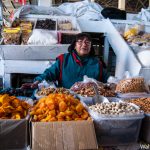
Despite the growth of supermarkets, Cuzco is still a city of open-air, neighborhood markets. In this, one sees directly the struggle between a global, industrial food industry (accompanied by images of glamor and modernity) and a more local food system.
While many people might find the sterility of its supermarkets soothing and relaxing, others love going into the markets. While in the global north the struggle is to open markets where farmers and intermediates can sell local and some not so local produce directly to consumers, in Cuzco the struggle is to maintain and recognize the value of its markets.
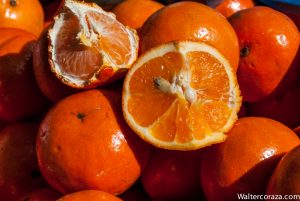
The best and most commercial markets of Cuzco are: San Pedro, Cazcaparo. and Vino Canchón. Every day of the week they are filled with clients. This is because their prices are good, their produce fresh, and the vendors give shoppers warm and quality attention.
The three markets offer much the same produce and cooked foods, but in San Pedro one also find a lot of stands specializing in the sale of handicrafts and tourist art. Since it is just a few blocks from the Plaza de Armas, Cuzco’s center, it draws numerous tourists who wish an authentic experience.
The San Pedro Market is situated just down from the Plaza of San Francisco where one of the most prestigious and historic colleges (primary and secondary schools), Ciencias, is located.

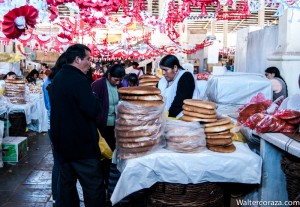
In the market you can also find a whole range of freshly cooked food. Experienced travelers in Latin America know that one of the best places for well prepared local food is in its markets. There you can find breakfast, lunch, special plates (extras), and juices.
Even if you do not have a kitchen in which to prepare food, the raw produce draws attention. It is a constantly changing constellation of fruit and vegetables from the many micro climates of Cuzco as well as elsewhere in Peru. You not only get the produce of large scale commercial agriculture from the coast, but also the varied produce of local farmers, and often varieties of produce unavailable elsewhere.
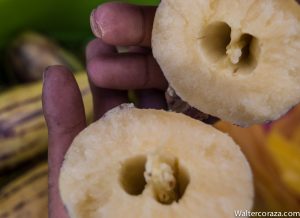
In the market you also find fresh meat, fresher than what is normally found in the supermarkets, although the sight of carcasses or portions of them, hanging from hooks or laying on white tile counters can be a challenge for customers accustomed to vacuum packed, plastic covered meats from northern supermarkets.
People start coming to shop at the markets around 7 am. The owners of the stands arrive an hour earlier. Those who sell prepared foods often have to start their days hours earlier, such as 4 am to be ready to serve steaming hot, freshly cooked food to their clients in the markets.
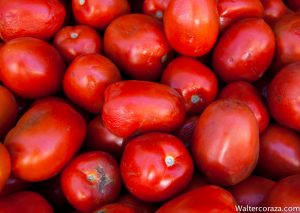
The market is divided into various rows. Within them are sectors in which we observe rows of stands with similar products from which you can choose. San Pedro has signs to identify the different sections. No matter which row you go down you will be struck by the variety of rich color and the power of the scents.
During the current months the markets are filled with the greatest variety of fruit. They are a delight to look at and try. The vendors (caseras) have a lot of work and they try to make their stands attractive with the brilliant and appetizing colors, shapes, and scents.
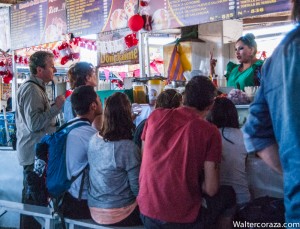
In August, the city of Cuzco celebrates the Pachamama, the Mother Earth, and the San Pedro market is one of the places where you can go and buy all that is necessary to make offerings to the earth. Its vendors carry various incenses, holy wood (palo santo), coca leaves, and confetti. These are sold both inside and outside the market. besides good attention as vendors, the caseras will also give you information about how to make a good offering to the earth.
Finally, this native market, filled with colors and flavors, will begin a project of remodeling beginning in the first days of the month of September to stay current and keep at bay the inroads of supermarkets.




